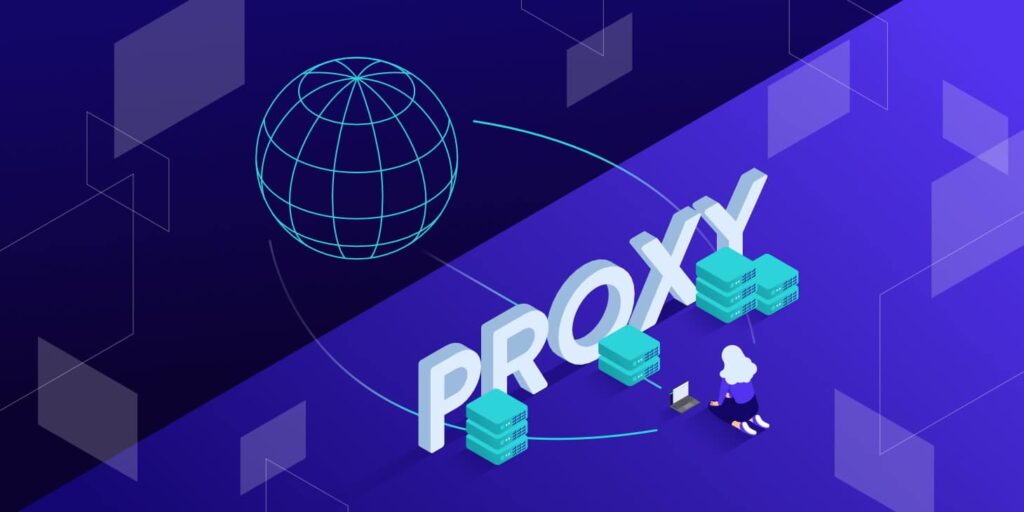
In the modern digital world, mobile connectivity is no longer a luxury—it is a necessity. Whether streaming videos, navigating with GPS, managing cloud data, or simply browsing social media, users demand uninterrupted, high-speed mobile internet. This demand places immense pressure on network infrastructure and mobile service providers. One emerging technology that significantly improves mobile performance and user satisfaction is LTEProxy. Understanding its function in network management is essential for anyone interested in enhancing their mobile experience.
The Growing Need for Efficient Network Management
With billions of mobile devices connected worldwide, networks face a tremendous challenge in delivering fast, reliable, and secure connections. High data consumption, increased number of devices, and real-time applications like gaming and video conferencing contribute to network congestion. Traditional network management tools often struggle to provide dynamic scalability and low latency.
To tackle these challenges, innovative solutions like LTEProxy have emerged. This technology helps optimize data traffic, manage network resources effectively, and enhance overall user experience, especially in LTE (Long-Term Evolution) networks.
What is LTEProxy?
LTEProxy is a specialized proxy system designed to manage and optimize data flow in LTE-based mobile networks. Acting as a middle layer between the mobile user and the internet, LTEProxy intercepts, analyzes, and intelligently routes data to ensure efficient communication. It plays a crucial role in reducing latency, improving data speeds, and ensuring a consistent mobile experience across varying network conditions.
Unlike traditional proxy servers, LTEProxy is tailored specifically for LTE architecture. It leverages advanced protocols and algorithms to maintain seamless connectivity, even under heavy network loads or in areas with limited signal strength.
How LTEProxy Works
LTEProxy works by intercepting data packets as they are transmitted between a mobile device and the network’s core. It performs several functions simultaneously:
- Data Compression: By compressing large data packets, LTEProxy reduces bandwidth usage, making mobile internet faster and more efficient.
- Traffic Prioritization: Critical data such as voice calls or emergency alerts are prioritized, ensuring they receive the necessary resources.
- Caching: Frequently accessed content is stored temporarily, allowing faster load times for repeated access.
- Protocol Optimization: LTEProxy enhances protocols such as TCP (Transmission Control Protocol) for better performance over mobile networks.
- Session Persistence: Even if the user moves between cell towers, LTEProxy maintains active sessions to prevent service interruption.
This intelligent traffic handling not only boosts performance but also reduces strain on the mobile network infrastructure.
Key Benefits of LTEProxy in Mobile Network Management
Improved Speed and Reduced Latency
One of the most noticeable effects of LTEProxy is a significant reduction in loading times. Whether users are watching high-definition videos or accessing cloud applications, LTEProxy accelerates data transfer by reducing the size of transmitted packets and optimizing routing paths. This results in lower latency, which is crucial for real-time applications.
Enhanced Network Stability
LTEProxy contributes to a more stable mobile experience by balancing data loads across network paths. It minimizes packet loss, prevents congestion, and ensures smoother handovers between cells. As a result, users experience fewer dropped calls and more reliable connections, even while on the move.
Better Resource Allocation
With intelligent traffic management, LTEProxy ensures that network resources are allocated efficiently. High-priority applications get bandwidth preference, while background processes are throttled during peak hours. This results in better quality of service for essential applications without compromising overall user satisfaction.
Security and Privacy Features
LTEProxy can incorporate security features like data encryption, malware detection, and access controls. By acting as a gatekeeper, it helps protect users from cyber threats and ensures secure transmission of sensitive information, especially when connected to public or untrusted networks.
Support for Legacy Devices
Another advantage of LTEProxy is its compatibility with older mobile devices. It can optimize network interactions even for smartphones that lack the latest hardware, making mobile connectivity more inclusive and universally accessible.
Use Cases of LTEProxy
Telecom Operators
Mobile service providers utilize LTEProxy to manage traffic efficiently across their networks. It allows them to offer better quality of service, reduce operational costs, and handle sudden spikes in user demand—especially during major events or emergencies.
Enterprises and Organizations
Businesses with mobile workforces rely on stable and secure connections. LTEProxy helps maintain continuous communication, optimize bandwidth usage, and support remote operations without requiring extensive hardware upgrades.
Remote and Rural Areas
In areas with weak signals or limited infrastructure, LTEProxy enhances performance by optimizing available resources. It makes mobile internet more usable in places where connectivity has traditionally been a challenge.
IoT and Smart Devices
As the Internet of Things continues to expand, LTEProxy plays a role in ensuring reliable and efficient data transmission between connected devices. This is essential for applications like smart farming, logistics tracking, and remote monitoring systems.
LTEProxy and the Future of Mobile Networks
With 5G networks being rolled out globally, the role of LTEProxy remains highly relevant. While 5G promises higher speeds and lower latency, LTE networks will continue to serve billions of users for years to come. LTEProxy bridges the gap between current infrastructure and future technologies by offering scalable solutions that enhance existing networks.
Additionally, as mobile services become more personalized and data-intensive, LTEProxy’s ability to adapt in real-time will be crucial. Its support for AI-driven traffic prediction and network slicing makes it a forward-compatible solution for evolving user needs.
Challenges and Considerations
While LTEProxy brings many advantages, there are also some considerations to keep in mind:
- Implementation Complexity: Integrating LTEProxy into existing infrastructure requires planning and technical expertise.
- Cost: Initial deployment may involve investment in hardware and software, although the long-term savings often justify the expense.
- Privacy Concerns: Since LTEProxy handles data traffic, providers must ensure compliance with privacy regulations and implement transparent data handling practices.
Conclusion
In an age where mobile connectivity underpins daily life, technologies like LTEProxy play a vital role in optimizing the user experience. From reducing latency to enhancing security and boosting network efficiency, LTEProxy has become an indispensable tool for mobile service providers, businesses, and individual users alike.